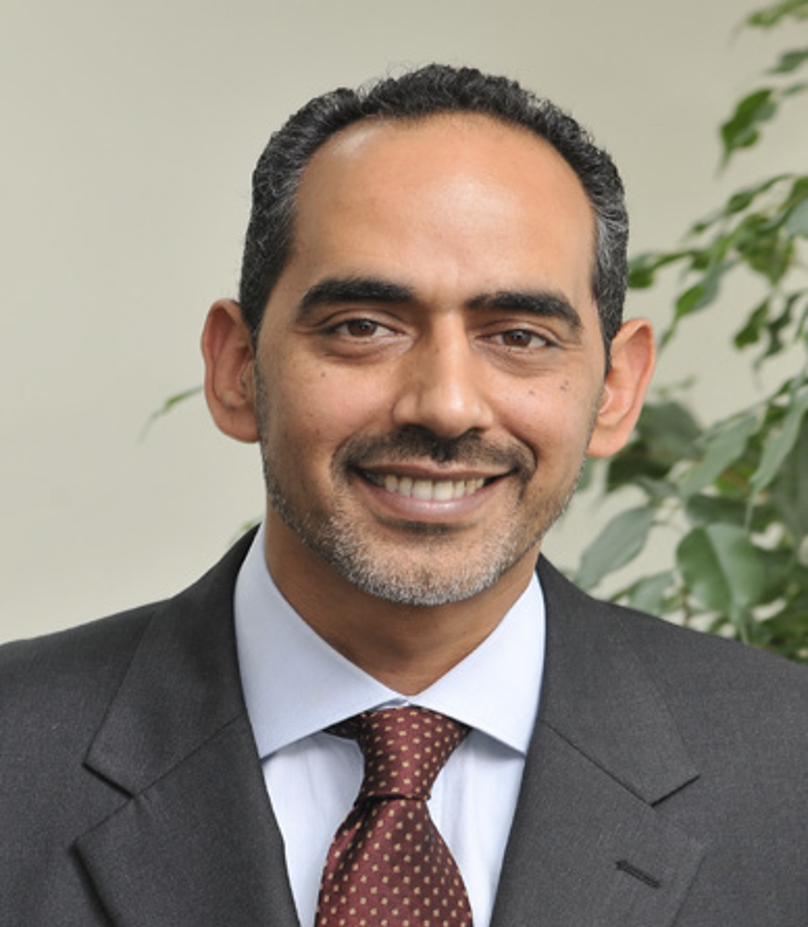The Middle East and North Africa (MENA) region has the highest youth unemployment rates in the world, estimated at 24 percent in 2009 compared to a worldwide average of 13 percent (ILO, 2011). Furthermore, youth employment rates in the region are the lowest in the world. While this is largely driven by low female labor force participation rates, male participation rates are also low. This situation has persisted for a generation, suggesting that the issues involved in youth employment outcomes are structural and require policy responses at the institutional level including in labor market regulations and educational systems (Dhillon and Yousef, 2009). The youth employment situation is even more acute in the Gulf, where unemployment rates among young nationals exceed 35 percent – ranging from 40 percent in Saudi Arabia (2009) to 11 percent in Qatar (2010) 1 . Within the Gulf, the issue is not one of poor economic outcomes or weak job creation, as evidenced by the above average GDP growth rates over the past two decades and the high inflows of migrant workers into labor markets. Rather, it is primarily one of labor market entry and economic exclusion, with young Gulf nationals taking months, sometimes years, to secure their first job. 1 Qatar is the only MENA country in which the youth unemployment rate (among nationals) is lower than the worldwide average of 13 percent. Dr. Tarik Yousef Chief Executive Officer Silatech P.O. Box 34111, Doha, Qatar Telephone: +974 4499 4800 Fax: +974 4472 7651 Email: tyousef@silatech.com Dr. Nader Kabbani Phd, Director Policy, Knowledge, and Research Silatech Doha, Qatar Telephone: +974-499-4800 Fax: +974-472-7651 Email: nkabbani@silatech.com 2 A number of factors have contributed to the youth employment situation in the Gulf (World Bank, 2004). On the supply side, a demographic wave has increased the share of young people in the population and subsequently labor supply pressures. While the “youth bulge” is retreating elsewhere in MENA, it remains high in the Gulf and may have contributed to the recent increase in youth unemployment. At a structural level, the education system has also played a role. While access to education has improved, quality has lagged behind with schools unable to help students develop basic and technical skills, creating a skills mismatch between job seekers and the labor market (World Bank, 2008). In addition, strong family support structures have encouraged prolonged job search among young people waiting for the right opportunities to fall into place (O’Higgins, 2003). Finally, female labor participation remains particularly low, due to a combination of economic barriers and conservative social norms. On the demand side, young people in the Gulf face labor markets rife with structural distortions. The public sector continues to attract young people with higher wage and benefit packages and better job security than the private sector. When asked in a recent SilatechGallup poll whether they would prefer working in the public sector to the private sector or starting a business, between 60 and 80 percent of Gulf youth favored the public sector (Silatech / Gallup, 2009). This reflects a legacy of the public sector being the engine of job creation for nationals, part of a social contract dating back decades that rewards higher educational attainment with access to low-productivity and high-pay government jobs The private sector in the Gulf has traditionally been characterized by family businesses, where low-wage low-skill employment is taken up by migrant workers and employment. Even as foreign and domestic private investment has increased, firms have continued to favor the hiring of expatriate workers, who generally have lower wage expectations, require less training and are subject to more flexible labor market regulations. As a result, economic growth in the region has mainly been due to factor accumulation and very little due to gains in productivity that would have come from sound education and labor market systems (Pritchett, 2001). Moreover, despite policy efforts to nationalize labor forces, segmentation of the workforce by nationality – with the public sector dominated by nationals and the private sector dominated by foreign workers – has continued. The Gulf countries share many of the issues above with other countries in the region. Indeed, youth employment indicators are surprisingly similar across the MENA region. However, the relative economic wealth of resource-exporting, labor-importing Gulf countries tends to magnify outcomes as compared to the resource-poor, labor-exporting countries of the region. The availability of income from natural resources in the Gulf has meant that citizens receive economic benefits from government redistribution of welfare and intervention in markets (Desai et al. 2009). Thus, Gulf youth can afford to wait even longer than their counterparts in other countries for the right opportunities, and they may expect to be entitled to a share of the national wealth in the form of a public sector jobs with high wages and benefits. As a result, the incentives and choices facing Gulf youth require more substantive reform policies and programs in order to change prevailing attitudes and behavior.
3 DAYS / 12 Workshops
MORE THAN 300 ACADEMIC PAPERS
Much research has gone into studying the issues of youth unemployment over the past decade.
Furthermore, Gulf governments have been introducing programs and policies aimed at
addressing the youth employment situation, with little or mixed evidence of overall impact.
These include reforms of the education system, efforts to increase the numbers of nationals in
the workforce through wage subsidies and quotas, scholarship programs aimed at promoting
the development of knowledge economy skills, and more. Ultimately, Gulf countries need to
plan for a day when economic rents of their natural resources fall and they need to find ways
to restructure their formal and informal institutions to improve the ability of the education
system to graduate young nationals with marketable skills and to increase the capability of the
private sector to create good sustainable employment opportunities for young nationals.
The aim of this workshop is to delve deeper into the realities of the youth employment
situation in the Gulf and to take stock of what has been done and what has been learned over
the past decade. The workshop will be a forum for discussing new ideas and revisiting old
ones by applying lessons learned. The topic of youth employment takes on special
significance and urgency in light of the Arab Awakening. The high rates of youth
unemployment and the lack of economic opportunities has been cited by many as one of the
contributing factors to the unrest that has swept through the region, in addition to other factors
such as social and political exclusion.
Some of the questions and issues that might be addressed in the workshop include:
What are some of the new theoretical and empirical understandings surrounding the
issues of youth employment and unemployment in the Gulf? To what extent has
economic diversification (or lack thereof) affected youth employment outcomes?
Have educational reforms and programs aimed at improving employability skills been
successful in increasing employment and meeting the needs of workers and employers?
How are labor market policies in the private and public sectors being aligned to lessen
the structural distortions caused by relatively generous packages in the public sector?
To what extent have migration policies and efforts to increase the number of Gulf
nationals in the workforce succeeded? How can these policies be improved?
What labor market reforms are being introduced in the Gulf, especially those involving
new approaches to dealing public sector employment? Have they been successful?
How has gender issues evolved over time, especially those pertaining to education,
employment, and entrepreneurship? What policies are addressing gender imbalances?
Has the Arab Awakening affected labor market policies and reforms to the existing
social contract, including policies to increase social, economic, and political inclusion?
How have institutions in labor markets evolved and reformed over time and how has
this affected issues such as youth economic inclusion and marginalization?

